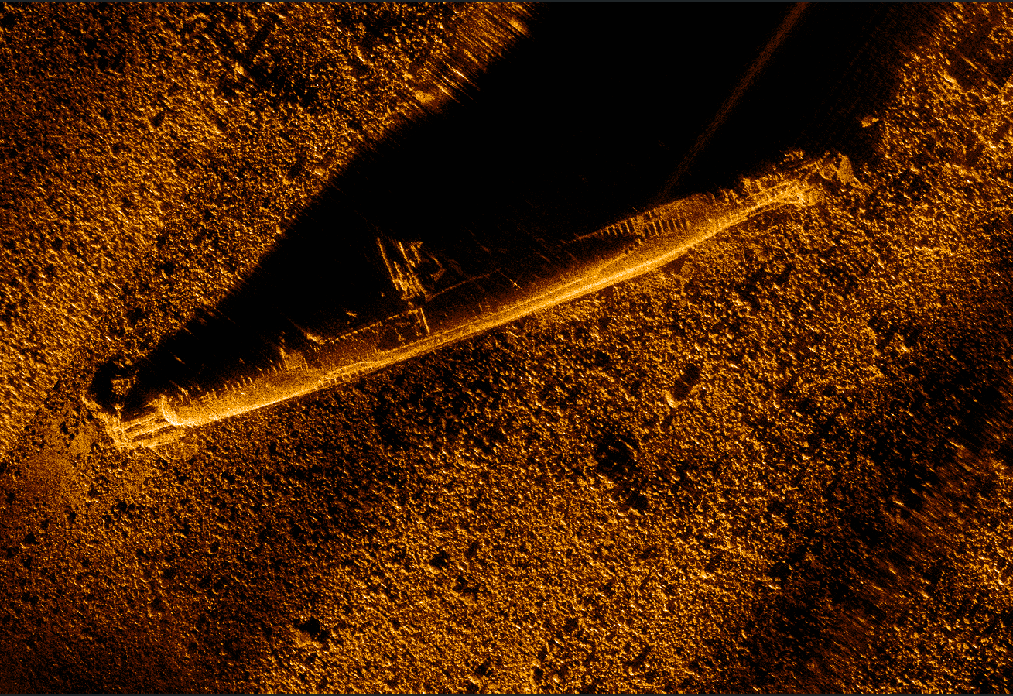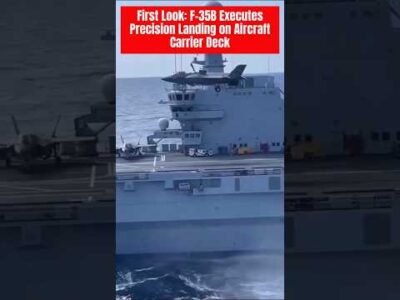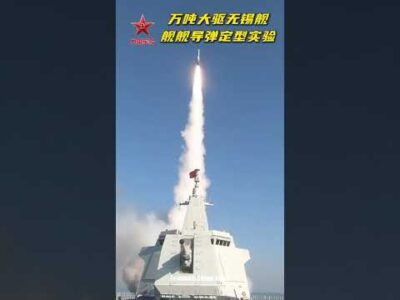The French Directorate General of Armaments (DGA), the French Navy, and the Naval Hydrographic and Oceanographic Service (Shom) recently examined the A18D Autonomous Underwater Vehicle (AUV) as part of the Future Hydrographic and Oceanographic Capacity (CHOF) initiative, according to ECA Group.
The goal of this weaponry program is to modernize and expand France’s current capacity for acquiring and analyzing oceanographic and hydrographic data.
The A18D AUV, which was embarked on the French Navy’s Offshore Support & Assistance Vessel (BSAM) Rhône, completed a wide range of missions to precisely map the relief and sea bottoms down to 3000m depth in the Atlantic currents and swell.
Because of its optimized size-to-weight ratio (5.7m-780kg) and straightforward user interface, the A18D tested demonstrated a good level of reliability and proved to be simple to install and use.
Under the supervision of ECA GROUP, the onboard crews of the DGA, the French Navy, and the Shom were able to take command of the AUV and be autonomous at all stages of the mission: from preparation to launch, supervision of measurement campaigns, and recovery of the vehicle and data gathered.
These trials have allowed the A18D’s maturity to be measured. Moreover, the richness of the feedback allowed the teams to evaluate the potential of using a drone to accompany and enrich hydro oceanography missions.
The quality of the very high-resolution images acquired by the A18D was recognised.
Surveying seabeds is of prime importance to ensure the integrity of the equipment laid on them (communication cables, pipelines, etc.) and through which 95% of the world’s information flows. Its purpose is to search for debris or wrecks and to locate possible malicious systems. The A18D offers a balance between compactness, endurance, performance, modularity, data quality, innovation and competitiveness. It can provide a sectorial solution for these missions.
Check out Naval Library App to find out more about the specifications of the Jose Rizal-class frigates.


















Comments